Maglula UpLULA Magazine Loader
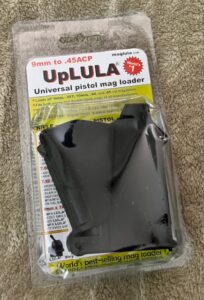
Magula UpLULA Magazine Loader
Anyone that has ever loaded a magazine will tell you that the last few rounds are almost impossible to push in due to spring tension. I have cut enough fingers and gotten enough bruises that I finally broke down and bought a Maglula UpLULA. The cost was approximately $28 or so.
What an amazing tool that I should have gotten ages ago. My 9mm magazine was darn near impossible to push the last couple of rounds in.
So much so that I generally didn’t fully load the mag.
This will be an amazingly short blog as the device is just plain simple.
Loading
I took a quick but not entirely inclusive video showing how the loader works. There are much better videos out there but this does show the ease of loading.
[kad_youtube url=”https://youtu.be/F3q8yZek59I?si=hbw2JGMr69JYvLlQ” ]
It would appear that I will never wreck my fingers again loading rounds again.
Should You Buy a Maglula UpLULA
If you’ve hurt your hands loading then the answer is a simple, YES. Get a Maglula UpLULA just as quick as you can. Ttttthhhhhhhheeeeee that’s all folks!

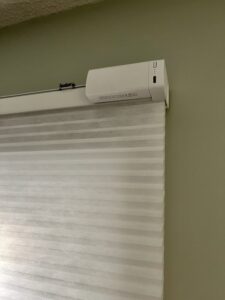
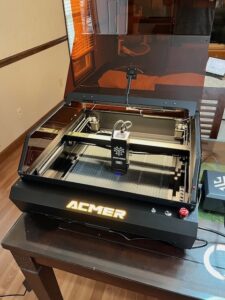
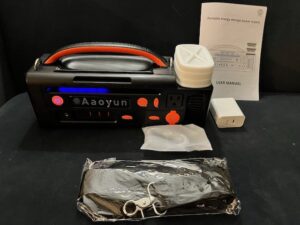
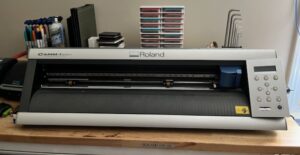



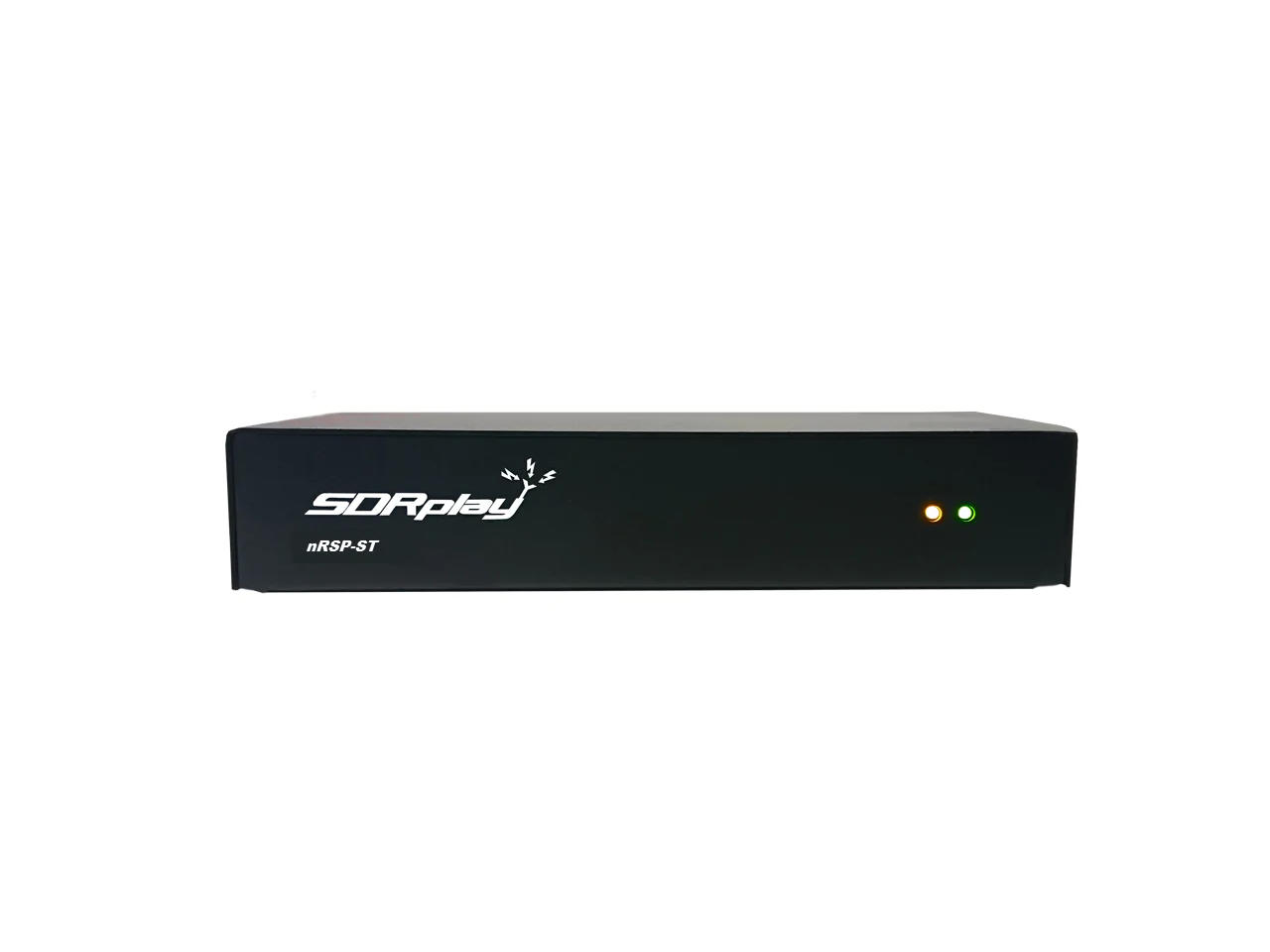 In November 2024
In November 2024